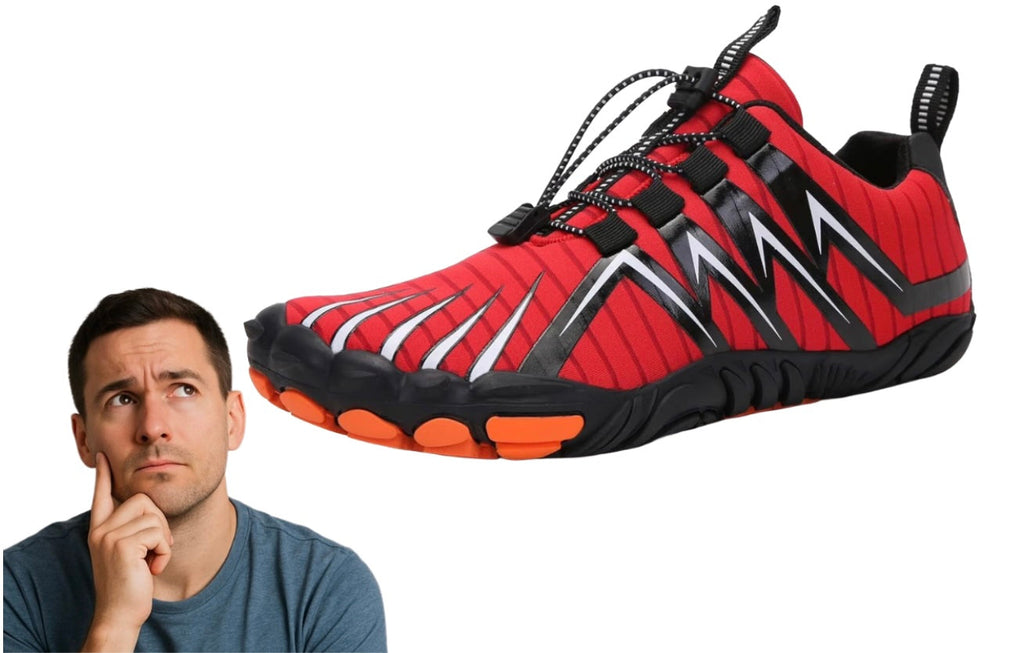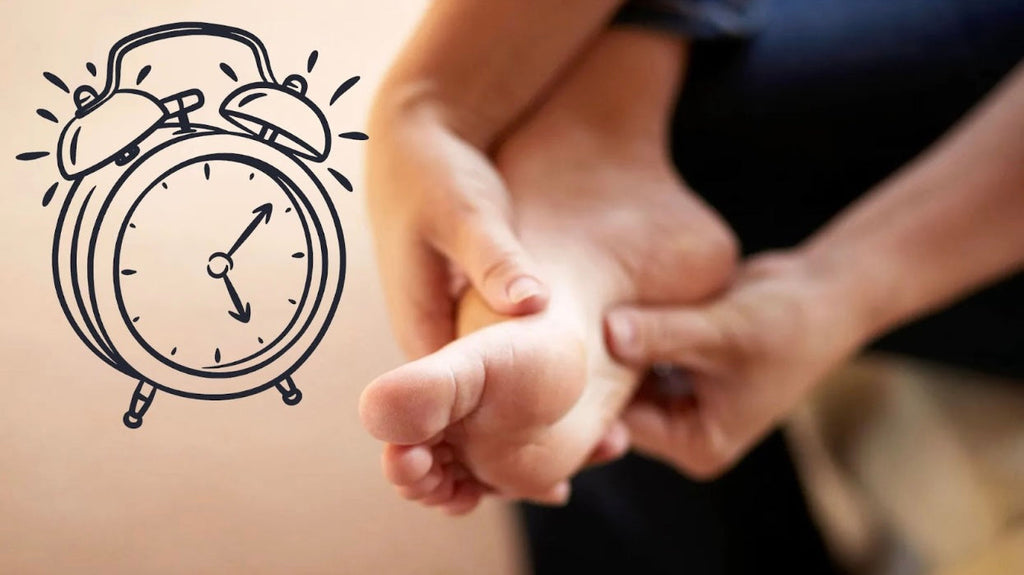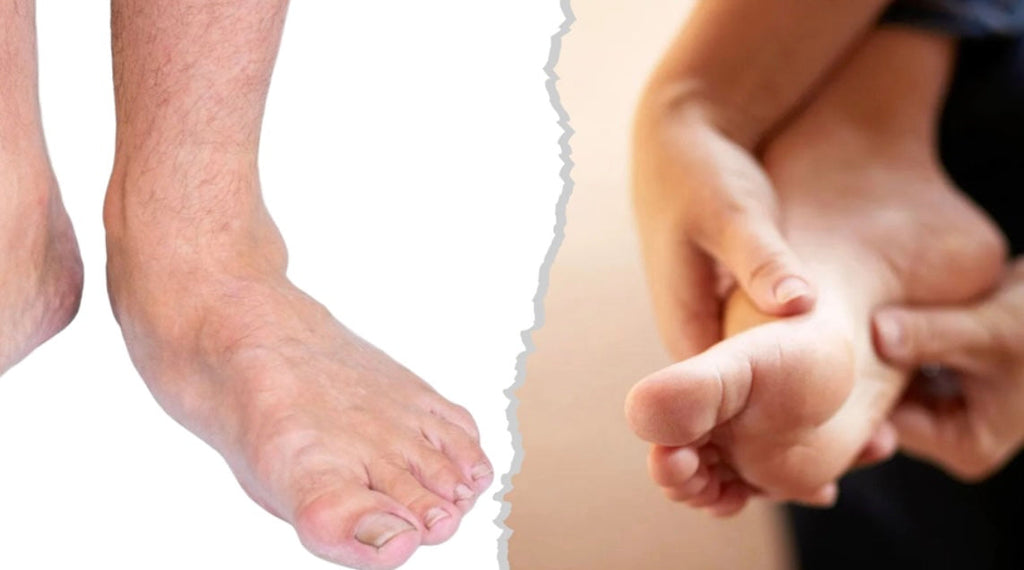What are the 3 Types of Orthotics?
Custom Orthotics and Insoles are one of those things that you are not likely to know about until you or someone close to you needs it. If you are now learning about orthotics, then you are likely searching for more information like the types available, how they work and which will be ideal for your case.
Understanding the Basics
The name orthotics is actually used to describe devices that are used for the treatment of a wide range of musculoskeletal conditions. These are usually classified into three groups – foot orthotics or FO (the most common), ankle-foot orthotics (AFO) and knee-ankle-foot orthotics (KAFO).
Our focus in this article is the foot orthotics, which is the most common type and also the domain of podiatrists. They use this device to treat pain and discomfort in the foot by providing adequate support, correcting alignment issues and generally improving the functions of the feet.
The 3 Types of Orthotics
Having laid that brief background, let’s now look at the three main types of orthotics. It’s however important to understand that this classification is based on foot orthotics or classifications by podiatrists.
The three main types of foot orthotics are functional, accommodative, and over-the-counter (OTC) or prefabricated. Let’s now elaborate on each of these three types.
Functional Orthotics
As the name suggests, this type of orthotics is designed to address issues that deal with the functioning of the foot. It does this by providing the required support and ensuring proper alignment of the biomechanical components of the foot.
As a result of the primary task that these types of orthotics perform, they are usually made of semi-rigid or rigid materials like plastic, polypropylene or carbon fiber. These materials have the firmness to provide the required strength for adequate support and movement control.
These types of orthotics are usually designed to fit by an orthotist or a podiatrist. So, you will only get these after your feet have been thoroughly evaluated and the underlying factors identified. This process is important to ensure that the right fit is made for your feet.
What Conditions are they Used for?
Functional orthotics are used for treating foot conditions that hamper the smooth functioning of the feet. They can also be used to control the movement of the foot to achieve a predetermined outcome. Examples include the following: Flat feet orthotics, plantar fasciitis orthotics, achilles tendonitis, shin splints and patellofemoral pain syndrome.
Let’s elaborate on flat feet and patellofemoral pain syndrome.
Flat Feet
When the arch of the feet is not well-developed, it is said to be low or collapsed. This is also known as "Pes Planus" and results in what is known as "overpronation".
Overpronation is a situation where the feet roll inward when you are walking or running because of the collapsed arch. This causes strain to increase on the ankles and knees.
The use of the right functional orthotics in this case will reduce the strain caused by overpronation by achieving improved foot alignment and posture. It does this by providing enough support to lift the arch so it no longer collapses inward. This will then provide better foot to ankle alignment, spreading the weight of the body a lot better in the process.
Patellofemoral Pain Syndrome
Also known as "Runner's Knee", this condition results in pain behind or around the kneecap. This is often the result of poor alignment in the lower leg which makes the patella track poorly.
The goal with the use of functional orthotics here is to reduce the pain and improve the biomechanics of the leg. This is achieved by addressing the foot to ankle alignment issue and providing better stability with the arch and heel. These adjustments will reduce the stress that was being put on the knee joints, reducing the pain in the process.
Accommodative Orthotics
These are designed to provide comfort and not really to correct any biomechanical issues. This is why they are usually made of softer materials like cork, foam or gel so they can provide a cushioning effect.
It is common to have these combined with functional orthotics to provide a solution that is both functional and accommodative. As with functional orthotics, these can be custom-made by a podiatrist. You can however, also get them over the counter, though these may not fit as nicely as a custom-made one.
What Conditions are they Used for?
Accommodative orthotics are used in cases where relief from pressure and some protection is required. These are not going to be used for correcting biomechanical issues.
Some common cases where they will be used include: diabetic foot, arthritis, bunions and hammertoes, severe high arches and fat pad atrophy.
We will briefly discuss diabetic foot and arthritis.
Diabetic Foot
Diabetics are faced with risks of neuropathy (nerve damage) and ulcers. This is often because of the reduction in sensation in the feet that results from poor circulation. If this is left unchecked, it can lead to the amputation of the affected feet.
In addressing this issue with accommodative orthotics, the goal is to prevent nerve damage and ulcers by reducing the pressure to the critical points and of course improving comfort.
So how does it achieve this? The soft material distributes the pressure so that there is no point where it is localized. The possibility of skin breakdown is also reduced with the weight of the body spread evenly across the sole.
In cases where there are already existing wounds, a podiatrist can design the accommodative orthotics to take pressure away from these wounds.
Over-the-Counter Orthotics
This is the last of the three and is also referred to as prefabricated orthotics. These have been pre-made so they do not offer the customization and specialization that the first two can offer.
Getting this does not require any prescription. You can simply walk into a sporting goods store or pharmacy and purchase one. You can even order them online from the comfort of your home.
This is the go-to option for folks with mild issues or those who do not want to have to visit a podiatrist. It also helps that this option is easily the most affordable of the three.
What Conditions are they Used for?
Over-the-counter orthotics can be used for a number of mild conditions like: general foot fatigue, mild plantar fasciitis, mild overpronation, pain in the ball of the foot (Metatarsalgia), and mild knee or back pain.
Since these are not custom-made, we will simply look at how they may be of help in treating mild foot conditions. They can offer the following:
· Mild arch support
· Help absorbing impact by providing extra cushioning
· Protection for sore heel area
· Help with weight distribution
· Help reducing pressure in vital areas of the foot
· Improving foot and ankle alignment
Final Thoughts
Orthotics are devices that can help address specific issues with the foot's biomechanics. The level of effectiveness that you can expect will depend on the precision with which the one you have gotten addresses the underlying factor.
It is for this reason that podiatrists always recommend custom-made orthotics over prefabricated ones. This is because they are designed after a comprehensive evaluation of the foot to determine the underlying cause of the issue.
Now you know the three main types of foot orthotics and can hazard a guess as to which of them you need. You should however note that only a professional evaluation can correctly determine what you need. You should therefore talk to a podiatrist or order from a reputable online provider that offers extensive evaluation before creating an orthotics for you.




